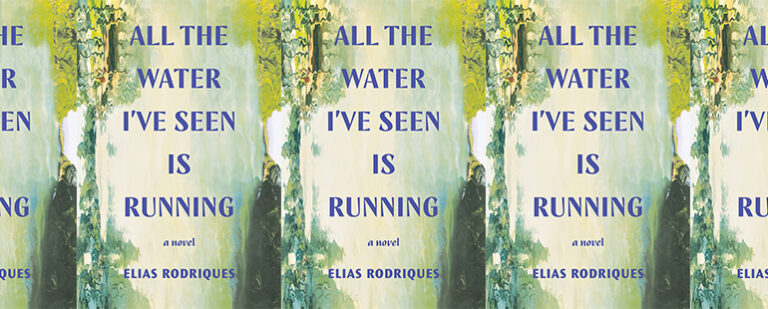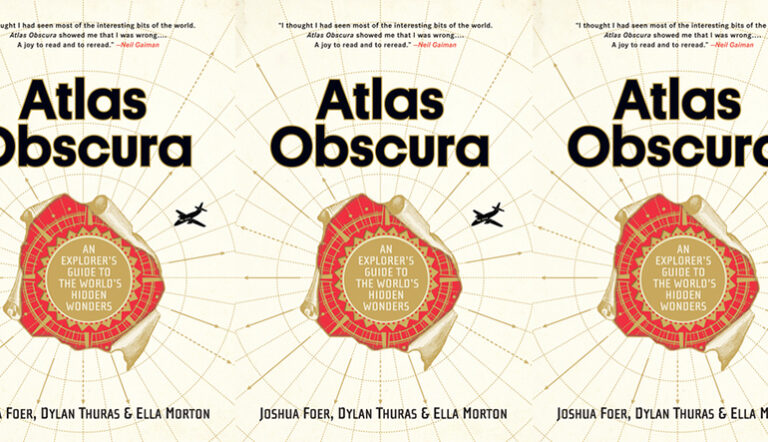I Hold a Wolf by the Ears by Laura van den Berg

I Hold a Wolf by the Ears
Laura van den Berg
Farrar, Straus and Giroux | July 28, 2020
The title says it all in Laura van den Berg’s new collection, I Hold a Wolf by the Ears—every narrator lives in precarity, with a power that might kill them should they give it up. The phrase, translated from the Latin, Auribus teneo lupum, means “there is no easy way out.” Holding a wolf by the ears, even in the best circumstances, is a time-sensitive situation—and the holder’s power is illusory. In the story “Karolina,” a woman encounters her brother’s titular ex-wife after many years and thinks, “I could say nothing, and my ability to grant or withhold information made me feel powerful.” The keyword, of course, is “feel.” And while a therapist will tell you a feeling is a fact, they will also tell you that every feeling is temporary, and perhaps not entirely truthful to reality.
In “Your Second Wife,” the narrator runs a side hustle impersonating lonely widowers’ late wives. She’s good at it, enjoys it, and yet as her anxious sister says, it is only a matter of time before a man decides his desires are worth harming her—that his desire is to harm her. The gig is one of her four jobs, and as in any Van den Berg story, the circumstances are dire without ever falling into the melodramatic. Rather, contemporary existence is dire. What lesser writers might hold up as bitingly satirical, like a man whose job is waiting in line for people to acquire a new electronic or bespoke cronut, Van den Berg presents as a matter of course. The world does not need her narration to invoke a despairing chuckle. Absurdity goes unremarked upon, because it’s the order of the day, and she has much more interesting things to say.
Fans of Van den Berg’s last novel, The Third Hotel, will find comfort (if anything in Van den Berg’s work can be considered comfortable) in stories like “The Pitch” where the narrator confronts her husband about the other boy in a childhood picture. The story is a masterclass in suspense, and recalls a thesis from the opening story, “Last Night,” that holds true for much of Van den Berg’s catalogue: “this is the problem with translating experience into fiction, the way certain truths read like lies.” The narrator of that first story subsequently reminds her readers, “I am telling a story now.”
Van den Berg is not the only writer to make this move, but she is damn good at it. We suspend our disbelief to enter the story, we forget, our disbelief rendered invisible until we are explicitly reminded of it, then proceeding with caution—we won’t get fooled again—we suspend our disbelief once more, and somehow come out the other side believing in the story wholeheartedly. The trick is not making readers feel like they’ve been had, but for the story to confirm something they have perhaps long suspected: that things are as strange as they seem. As a tour guide in “Cult of Mary” remarks, “Remember that history is not only about what happened . . . but also about what those in power want you to think happened.”
Van den Berg’s narrators begin compromised. There is no purity. She writes, “The truth is that she is angriest at her own anger, which she suspects has arrived far too late to be of any real use.” Yes, there are actors of good and those of evil, but “good” is not a path walked once to the moral high ground. It is a road paved much like the one to hell. In “Friends,” a woman’s only friend explains something the narrator has only been dimly aware of: she is not a good or even likable person, and the daily battle between her and her dying mother did not settle any scores, only turned scars into open sores. Illusions of heroism can strip people of their humanity, and so Van den Berg’s characters, even on their best behavior, are not heroes—if they were, we probably wouldn’t believe in them.
Above all, Van den Berg is a writer of wonderous understatement. Her stories end with readers feeling they have Wile E Coyote’d their way off a cliff and are only now realizing there is no ground left beneath them. Van den Berg’s introspective narration assures she is falling with us and is just as scared to find out where we are going to land—if we are going to survive.


